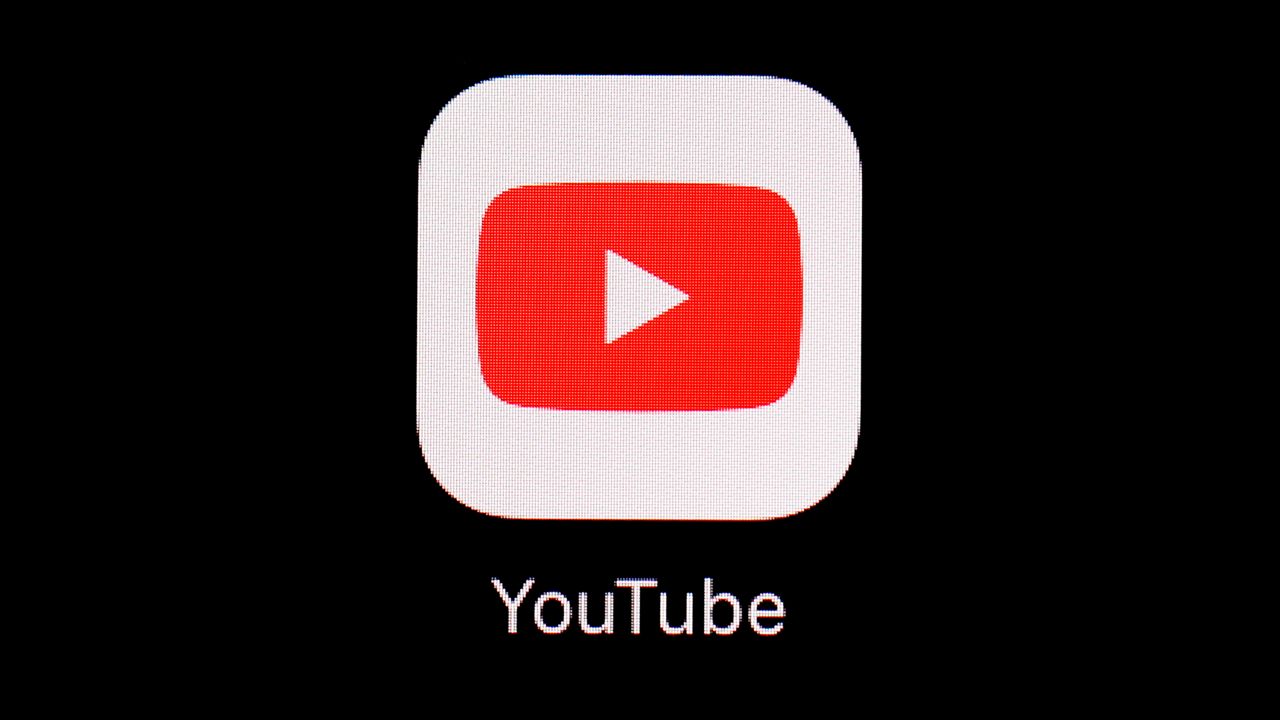Video sharing platform YouTube announced on Wednesday that they will be removing the public dislike count across all content, an effort to foster “respectful interactions between viewers and creators,” the company wrote in a blog post.
The dislike button will not disappear altogether — users can still dislike a video so that YouTube’s algorithm can better target their desired content. Video creators will also be able to see the amount of dislikes on any given video through the YouTube Creator Studio, but those counts will no longer be available for public consumption.
“We want to create an inclusive and respectful environment where creators have the opportunity to succeed and feel safe to express themselves,” YouTube’s blog post read in part. “This is just one of many steps we are taking to continue to protect creators from harassment.”
The changes started to roll out on Wednesday, and will be applied across the entire platform in the coming days.
YouTube’s updated policy stems from a study conducted by the company earlier this year, when they temporarily tested removing the dislike count on videos for a small group of pre-selected creators.
The experiment, which asked for user feedback on the potential change, came after numerous creators told the company that the “public dislike counts can impact their wellbeing, and may motivate a targeted campaign of dislikes on a creator’s video.”
Smaller creators were particularly impacted by the dislike count on their videos, as they were the primary targets of “dislike attacks,” when users “work to drive up the number of dislikes on a creator’s videos.” Those videos, in turn, received less views and interactions than videos with lower dislike counts.
“Our experiment data confirmed that this behavior does occur at a higher proportion on smaller channels,” YouTube said, adding that the experimental change of the dislike button “showed a reduction in dislike attacking behavior.”
YouTube, as well as other media-sharing and social media behemoths, have faced increasing pressure from lawmakers to clean their sites of abuse, harmful content and misinformation.
Executives from YouTube, TikTok and Snapchat appeared before the Senate Commerce subcommittee in late October to discuss consumer protection on their platforms. Senators were particularly concerned about the dangers young children are exposed to on the sites, and questioned the business leaders about what they’re doing to ensure young users’ safety on their platforms.
They received little firm commitment in return.
“The problem is clear: Big Tech preys on children and teens to make more money,” Sen. Edward Markey, D-Mass., said during the hearing.
Leslie Miller, vice president for government affairs and public policy of YouTube’s owner Google, said YouTube has worked to provide children and families with protections and parental controls like time limits, to limit viewing to age-appropriate content. The offshoot YouTube Kids, available in around 70 countries, has an estimated 35 million weekly users.
“We do not prioritize profits over safety. We do not wait to act,” she said.
Nearly a month prior to the Senate hearing, YouTube announced a sweeping crackdown of vaccine misinformation that booted popular anti-vaccine influencers from its site and deleted false claims that have been made about a range of immunizations.
Anti-vaccine influencers, who had thousands of subscribers, used YouTube to stoke fears around vaccines that health experts pointed out have been safely administered for decades. The YouTube channel of an organization run by environmental activist Robert F. Kennedy Jr. was one of several popular anti-vaccine accounts that was removed.
The Associated Press contributed to this report.
